Republic of Korea military facilities on Google earth satellite imagery
The Republic of Korea (South Korea), according to the Stockholm Peace Research Institute (SIPRI), is among the top ten countries in defense spending. The South Korean military budget in 2015 amounted to $ 36,4 billion, for comparison, Russian defense expenditures for the same period are estimated at $ 66,4 billion. According to official data of the Ministry of Defense of the Republic of Korea, 650 thousand people serve in the South Korean armed forces, including 495 thousand in the ground troops. At the same time, the population in South Korea is 51,5 million. The Russian army serves 1 million, with a population of the Russian Federation 146,5 million.
The Ground Forces are armed with up to 100 OTR Hyunmu-1 and Hyunmu-2A with a launch range of 180-300 km, more than 1500 modern tanks K1, K2 and T-80 and more than 3000 infantry fighting vehicles and armored personnel carriers. The basis of self-propelled artillery is more than 800 155-mm self-propelled guns K9. There are also more than 1000 155-mm self-propelled guns M109A2 and 203 mm M110, more than 3500 towed guns of the caliber 105-203 mm and more than 200 MLRS. In anti-tank units there are approximately 2000 Tou ATGMs and 220 Metis ATGMs. The air defense of the Ground Forces consists of more than 100 K-SAM Chunma air defense systems and more than 1000 Stiger, Javelin, Mistral and Igla air defense systems, more than 500 air defense systems and 20-40 mm caliber towed air defense systems. In the army aviation There are more than 500 combat and transport helicopters. Including about 50 AN-1S "Cobra" and 36 AH-64E.
The contingents of the South Korean ground forces were sent to Iraq and Afghanistan. As of 19 in September, the South Korean military contingent in Iraq numbered 2007 in 1200, it was the third largest after the United States and Great Britain. In December 2008, the South Korean troops were withdrawn from Iraq.
Satellite images of most of the territory of South Korea are in low resolution, and therefore it is very problematic to identify specific samples of equipment and weapons of the Ground Forces. More clearly with the help of the resource Google earth you can monitor the South Korean bases of the Air Force and Navy. According to GlobalSequrity.org, South Korea has 11 main, 49 auxiliary air bases and 14 dual-use airfields. After the production of operational-tactical missiles built on the basis of the Soviet PTR80 OTR began in the DPRK in 17-s, construction of reinforced concrete shelters for airplanes began on all the main and most of the reserve South Korean air bases.
The air force of the Republic of Korea air force mainly consists of American-made or helicopter airplanes or helicopters manufactured under license. However, there are aircraft equipment of British, Spanish and even Russian production. The most modern are 60 multifunctional fighter F-15K. These fighters are based on the F-15E using a number of components and Korean-made avionics. The F-15K is in service with the three fighter squadrons of the 11 th Fighter Wing, based on the Gwangju and Daegu airfields.
The most numerous type of combat aircraft in South Korea is the F-16 50 / 56 unit and the KF-16 fighters built on its base. In total, the Air Force of the Republic of Korea received an 164 fighter of American and local construction. They are in service with 19, 20 th fighter aircraft and 38 th fighter air group, based on the airfields Jungvon, Seozan and Kunsan.
In addition to the F-16, a double supersonic T-2005 supersonic training and combat jet aircraft created by Korea Aerospace Industries (KAI) in cooperation with the American company Lockheed Martin has been built in South Korea since 50.
The Air Force has more than 60 combat training and combat vehicles of this type. The aircraft in the modification FA-50 is able to act as a lightweight fighter or attack aircraft, using a wide range of guided and unguided weapons. This option is planned to replace all outdated F-5 light fighters. On the modification of the T-50B flying South Korean aerobatic team "Black Eagles". The construction of the T-50 is underway in the city of Sachkhon.
Until now, the outdated F-4E Phantom II fighters (in flight condition near 60), the RF-4C reconnaissance aircraft (15 machines) and F-5E Tiger II (approximately 50 fighters) remain in the Republic of Korea. The Tiger-2 single and double light fighters were built under license under the designation KF-5E / F. After the decommissioning of the F-4 and F-5 aircraft, they are not immediately written off, but sent “for storage”, thus forming a technical reserve.
In addition to combat aircraft, the Air Force of the Republic of Korea uses approximately 180 training aircraft. Among them, in addition to the Korean T-50 and KT-1, includes 15 British "Hawk" Mk 67 and 23 Russian Il-103. The military transport segment of the South Korean Air Force has 12 American C-130H and 20 Spanish CN-235M. Long-range radar patrol and electronic reconnaissance are provided by 4 Boeing 737 AEW & C AWACS aircraft and 8 Hawker 800SIG and 800RA reconnaissance aircraft.
As of mid-year 2016, the Air Force had more than 70 helicopters. The most numerous are the American ones: MD 500, HH-60P, CH-47D, but 7 Russian Ka-32 fly in the search and rescue service of the Republic of Korea Air Force.
The South Korean Air Force has an Air Defense and Air Traffic Control Command, responsible for monitoring airspace and providing air defense. By the number of deployed on the territory of the country long-range medium-range air defense systems, the Republic of Korea is among the leaders. Before 2005, the Nike-Hercules long-range stationary complexes were in service, now they are all replaced by the American MIM-104 Patriot SAMs, and the Nike-Hercules SAMs are converted into OTR "Hyunmu-1". At the moment, the sky is protected by eight batteries of the “Patriot” air defense missile system belonging to the armed forces of South Korea.
In addition to long-range anti-aircraft and anti-missile systems "Patriot", in South Korea there is a medium-range X-NUMX MIM-24 Improved Hawk. A large part of the Patriot and Advanced Hawk missile systems are in constant combat duty. Stationary, well-equipped positions of anti-aircraft complexes are located in the vicinity of air bases or on elevations. At the same time, the infrastructure built for the decommissioned Nike-Hercules air defense system is partially used.
To protect air bases and radar stations from low-flying combat aircraft, there are more than a hundred mobile French air defense systems of the Crotale-NG near zone. But the "Crotales" do not carry a permanent duty and move to concealed objects at exercises or during the next aggravation of the situation on the Korean Peninsula.
In South Korea, the US military presence is very large. Currently there are about 25000 US troops in the country. The US ground forces stationed in Korea are part of the 8 of the US Field Army headquartered in Yensan. On the Korean Peninsula there are two large American air bases: Kunsan and Osan. The Kunsan airbase is operated jointly by the US Air Force and South Korea, it is located 240 km south of Seoul. The F-16C / D 8 Fighter Fighter Wing of the United States Air Force is based here. The airbase from air strikes is covered by the battery of the South Korean air defense missile system Hok and the American battery of the air defense missile system Patriot.
The A-10C and F-16C / D 51 th Fighter Regiment of the United States Air Force are based at Osan Air Base. The A-10C attack aircraft belong to the 25 fighter squadron, and the F-16C / D fighter-bombers belong to the 36 fighter squadron. At the beginning of the 90-s, two batteries of the Patriot air defense system, which are part of the US Air Force 35 Brigade, were deployed near the runway.
In the Navy of the Republic of Korea, until the middle of the 60, there were only patrol and torpedo boats and small landing craft. In 1963, the first destroyer of the Fletcher type, built during the Second World War, was received from the USA. In the middle of the 70-x as a part of the Navy there were already 9 destroyers and three large landing ship type LST.
Currently, the South Korean Navy is developing very dynamically. The submarine has 5 type 214 submarines (Son Won-II), 9 type 209/1200 submarines (Chang Bogo) and two small KSS-1 type (Dolgorae). South Korean submarines have German roots. Type 214 submarines are built at the Howaldtswerke-Deutsche Werft (HDW) in Kiel. The boat is equipped with a diesel generator combined with an air-independent propulsion system (AIP) based on hydrogen fuel cells. The Republic of Korea ordered nine submarines of this type under the designation Son Won-II. The contract stipulated that the boats would be built in Korea at the shipyards of Hyundai Heavy Industries and Daewoo Shipbuilding & Marine Engineering. Boats of type 209/1200 entered service with the Navy from 1993 to 2001. According to Western experts, boats of the 209/1200 type are very well suited for operations in coastal areas. Low noise and modest size make it difficult to detect in shallow water.
The basis of the surface forces are twelve missile destroyers of the type KDX-I (Gwanggaeto), KDX-II (Chungmugong Isunsin-geup) and KDX-III (Sejong the Great). The three destroyers of the KDX-I URO destroyers were the first ships of this class built at South Korean shipyards. In operation, they entered 1998-2000 year. The ships have autonomy 15 days and are intended mainly for operations in coastal areas. The armament of the KDX-I destroyers includes the 8 PKR Garpun, 16 Zi C Sparrow, two 324-mm three-tube torpedo Mk 32 torpedoes firing anti-submarine torpedoes Mk 46. The ship can be based anti-submarine helicopter Super Lynx.
The destroyers of the KDX-II series URO became much larger and more advanced warships. The first South Korean destroyer of the type "Chunmugon Li Sunsin" entered the combat force of the South Korean Navy in the 2003 year, all built 6 ships. Main shock weapons destroyers of this type is up to 32 KR Hyunmoo III (analogue of the American KR "Tomahawk"). In two quadruple PU posted 8 RCC "Harpoon". To protect against aviation in UVP Mark 41 there is 32 SAM “Standard-2”. Anti-submarine weapons and composition of the air group are similar to the destroyers KDX-I.
In the Navy of the Republic of Korea with 2007, warships equipped with the Aegis system are received. The first South Korean Aegis was the destroyer King Sejong (KDX-III project), which in many respects is an analogue of the American destroyers Arley Burke. The rocket armament includes: two UVK Mark 41 (a total of 80 cells to accommodate the Standard-2 SAM and PLAN ASROC), up to 32 KR of the Hyunmoo III missiles. The ship provides for the basing of two helicopters.
In the second half of the 70s in South Korea began the independent construction of frigates of the Ulsan type. By 1993, nine ships of this type were built. They use the Harpoon anti-ship missile system, two 76-mm gun mounts of the OTO Melara and 40-mm or 30-mm anti-aircraft guns as the main striking weapon. Anti-submarine weapons - Mk46 homing torpedoes and depth charges. In 2008, the FFX program was adopted in the Republic of Korea, according to which the construction of more advanced frigates is envisaged. The South Korean Navy has 13 frigates such as Daegu, Incheon and Ulsan. These ships carry artillery weapons, anti-ship missiles and anti-submarine torpedoes. Composed of fleet there are also 17 corvettes (patrol ships) of the Gumdoksuri type and 18 of the Pong type and more than 50 artillery patrol boats of the Chamsuri type.
The largest warship of the South Korean Navy with a full displacement of more than 18000 tons is the Dokdo universal landing craft (UDK Dokdo), adopted in July 2007. On a ship - 199 meters long and wide - 31 meters can be placed 720 paratroopers, 10 tanks, 7 amphibious AAV-7 armored vehicles, XHUMX UH-10 helicopters and two LCAC boats, or 60 LCAS boats. Self-defense UDC of the near zone is provided by the ASMD SAM (4 SUR) and ZAK “Goalkeeper” (two 21-mm installations). The media leaked information that the South Korean government was considering placing the F-30B fighter jets on ships of this type.
In the Navy of the Republic of Korea there is one brigade and two divisions of marines, a total of 28000 people. The Marine Corps is armed with 60 tanks and more 140 BTR LVTP-7 and AAV-7, as well as 105 and 155-mm artillery pieces. At the disposal of the South Korean Marine Corps, in addition to the Dokdo UDC, from 2014, there is a tank-assault ship Cheon Wang Bong (TDC "Cheon Van Bong") with a total displacement of 7140 tons. Currently, three more such TDK are under construction.
In the period from 1991 to 1998, the South Korean amphibious forces have already received 4 TDCs of the type Go Jun Bong (TDC “Go Joon Bong”) with a total displacement of 4300 tons. 258 marines, 14 amphibious BTR or 12 tanks can be placed on each of them. In the future, TDC type "Cheon Van Bong" should replace these ships. In 2003, for the South Korean Marine Corps in Russia, three amphibious assault ships were hoisted by the 1206.1 Ave., on the basis of their design, three more speedboats of Solgae 631 were built in the Republic of Korea. Russian and South Korean hovercraft have similar characteristics and are capable of transporting one main battle tank and about two paratrooper platoons with weapons. Also, the Navy of the Republic of Korea has three dozen rescue, mine-sweeping and auxiliary vessels.
In South Korean naval aviation, in addition to 50 anti-submarine, search and rescue helicopters and transport helicopters from the beginning of the 90-x are in service with the 16 base patrol P-3C Orion. Eight "Orion" upgraded by KAI to the level of P-3CK from P-3В. In addition to the Orions, 5 twin-engine turboprop Cessna F406 Caravan II are used to carry out patrol flights in the near zone.
Google Earth snapshot: “Harry Truman” aircraft carrier - (USS Harry S. Truman (CVN-75)) and destroyers of the Arley Burke missile withstation in the Busan naval base
In the past, the main American naval base on the Korean Peninsula was the port of Xinhai. At the moment, here is the main base of the Navy of the Republic of Korea. Recently, repair and maintenance of American warships, including those with nuclear power plants, have been held in the port of Pusan. In Busan, the flagship of the US Seventh Fleet, the Blue Ridge control ship USS Blue Ridge (LCC-19), is regularly moored.
Google Earth Snapshot: USS Blue Ridge control ship "Blue Ridge" (LCC-19) parked at the Navy Busan
In general, the armed forces of the Republic of Korea are evaluated by foreign military experts as quite combat-ready. The level of combat training of South Korean troops is very high. More than half of the equipment and weapons available in the military are modern samples of foreign or national production. The rapid economic growth and development of high-tech in the country allowed modern tanks, aircraft and ships to be built or cost-licensed to meet the highest requirements. In recent years, some South Korean designs have been competing in the global arms market with products from countries that are considered leaders in the development of military products.
If in the past, the defense of South Korea depended entirely on US military aid, in the past decade one can observe how the qualitative composition of the South Korean armed forces is being strengthened and at the same time the US military presence in Korea has been reduced. At the same time, the political influence of Americans on the South Korean leadership is still great, and there is no reason to believe that the Republic of Korea will abandon the pro-American course.
At the moment, a stalemate has developed on the Korean Peninsula. The Republic of Korea and the DPRK are not able to solve the problem of uniting the country by military means. The North Korean army, significantly outnumbered in size, is hopelessly inferior technologically, and is unable to defeat South Korean armed forces in offensive operations, to seize and hold territory. At the same time, in the event of an attack on North Korea, the North Korean army has the potential to inflict unacceptable losses on the invading South Korean and American troops and turn the territory of the Korean Peninsula into a scorched earth zone.
Based on:
http://www.globalsecurity.org/military/world/rok/army.htm
http://www.globalsecurity.org/military/world/rok/airfield.htm
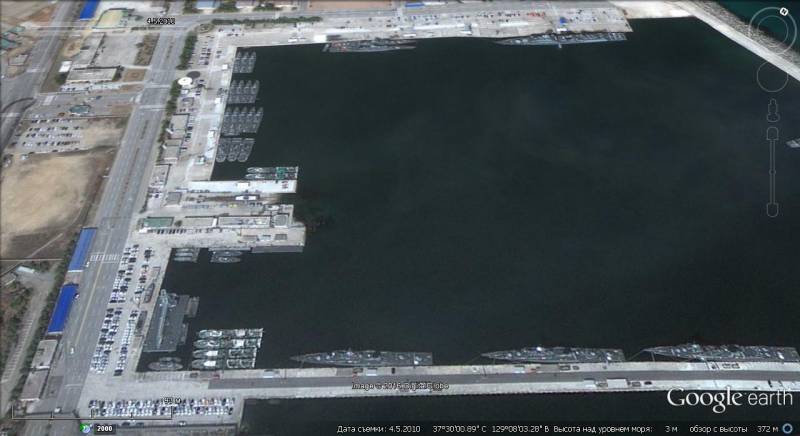
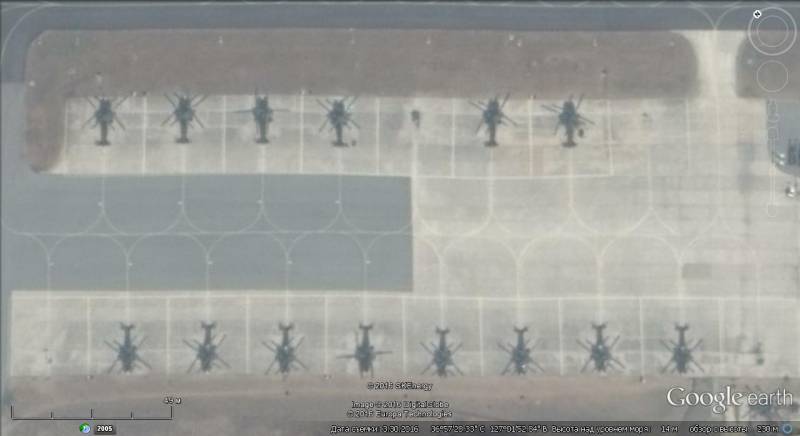
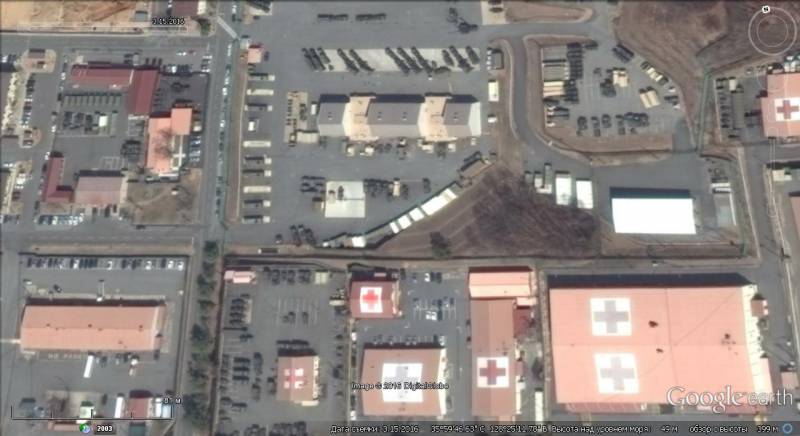
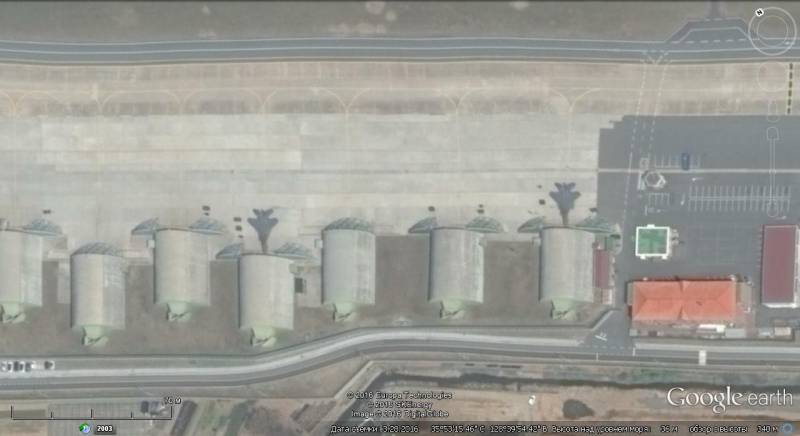
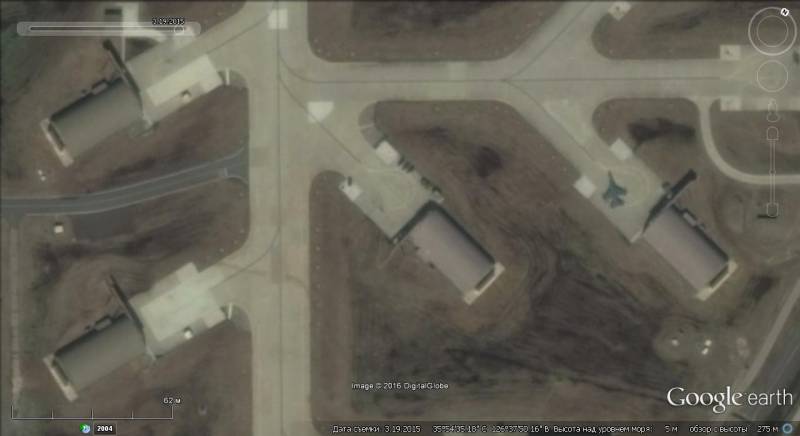
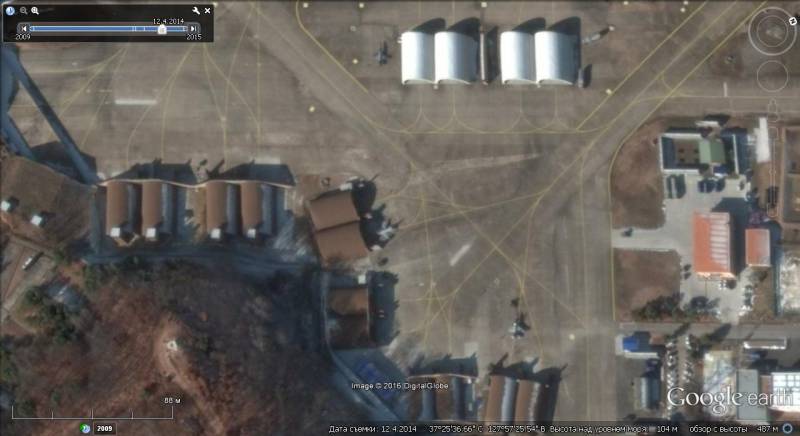
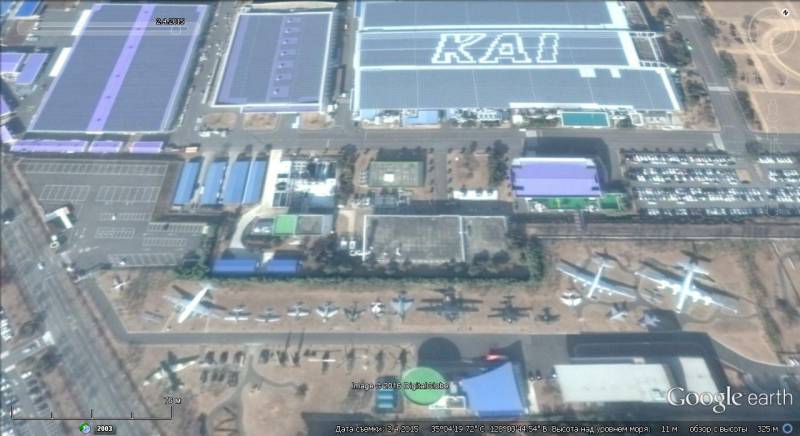
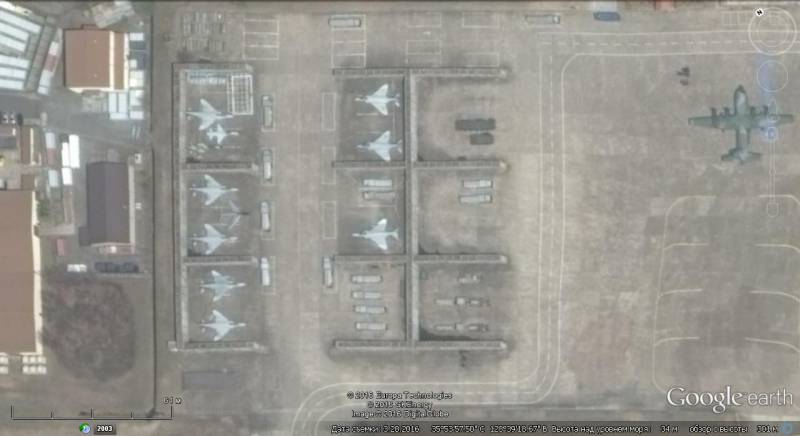
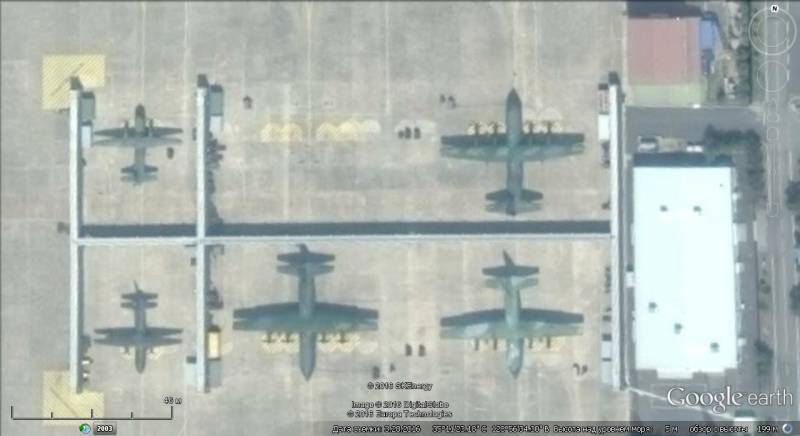
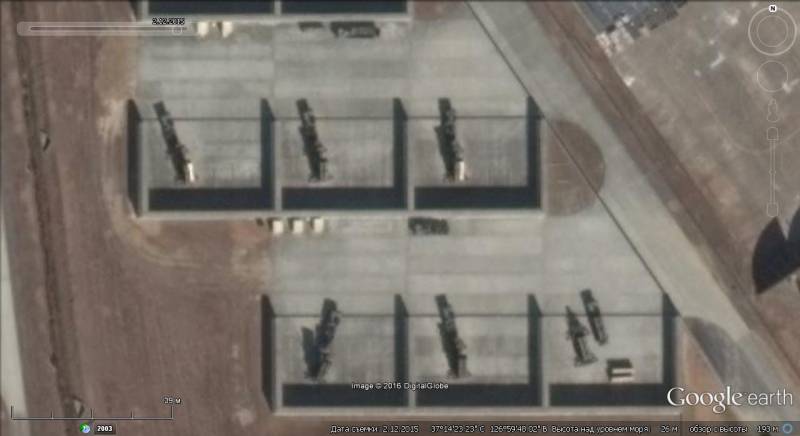
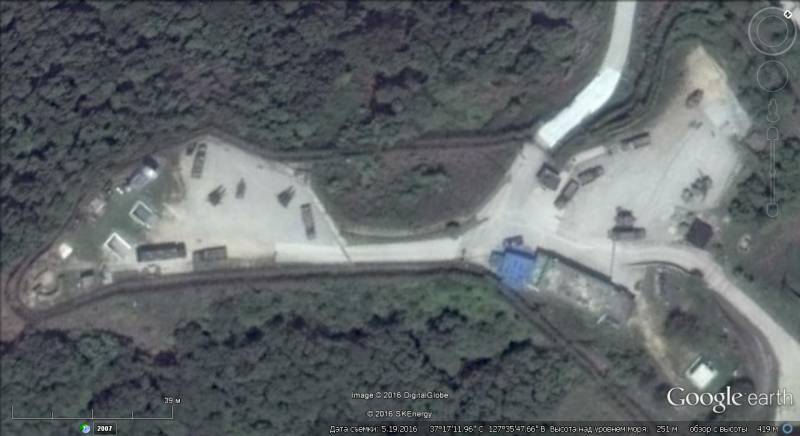
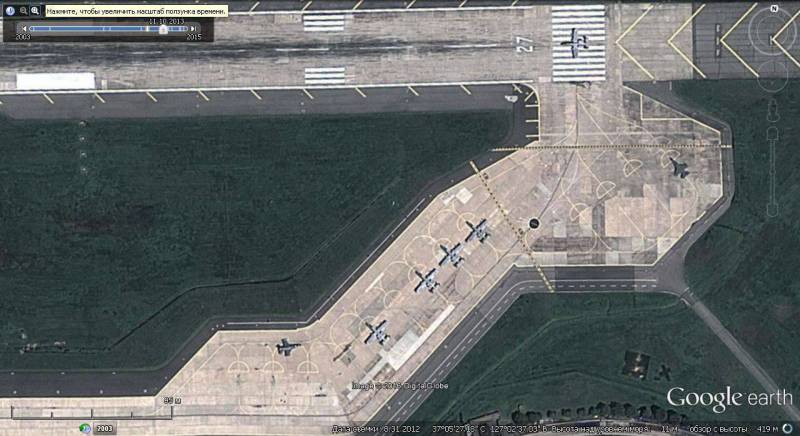
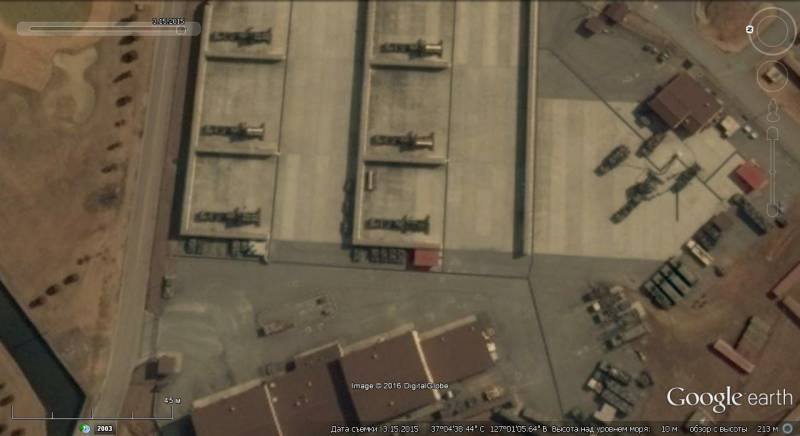
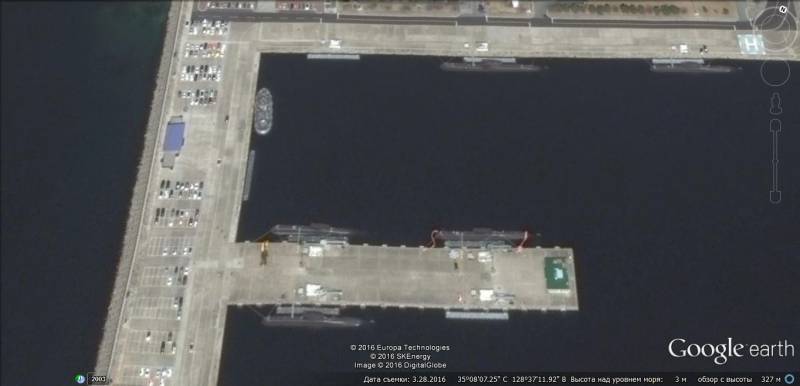
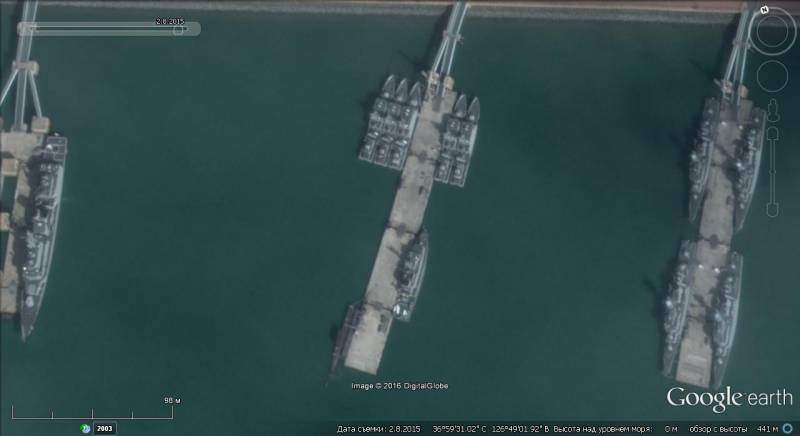
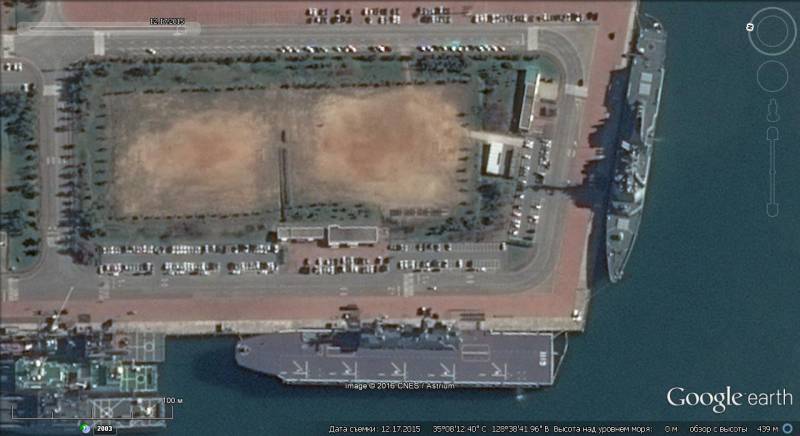
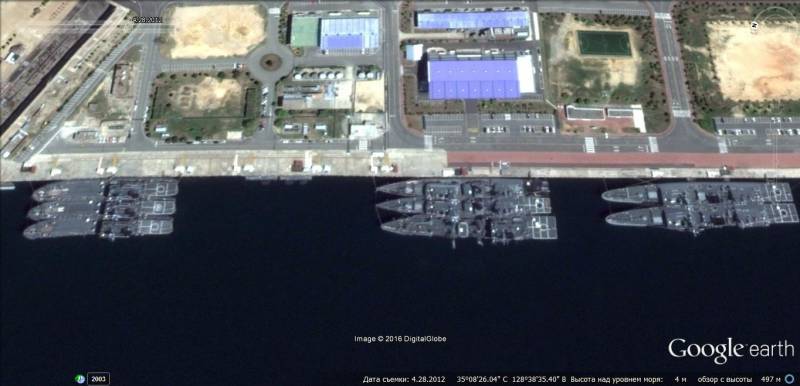
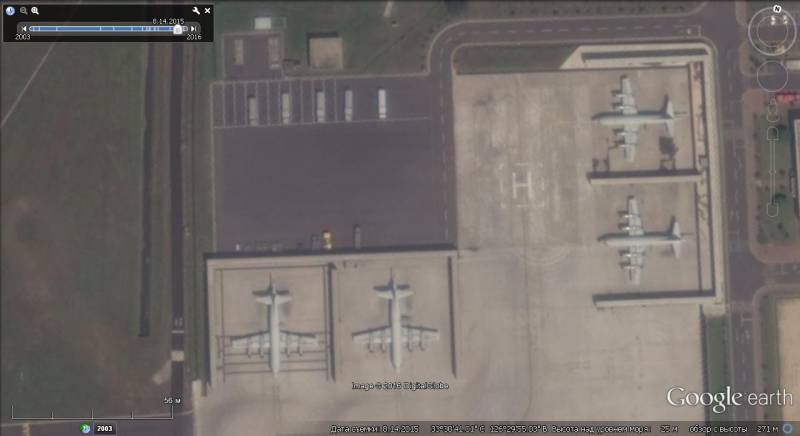
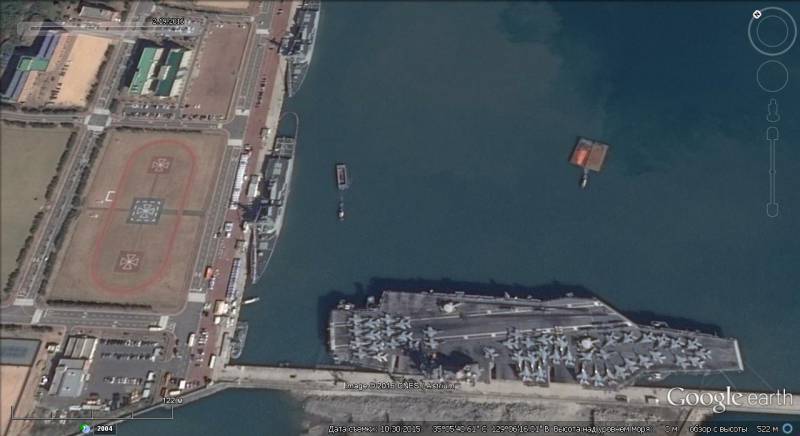
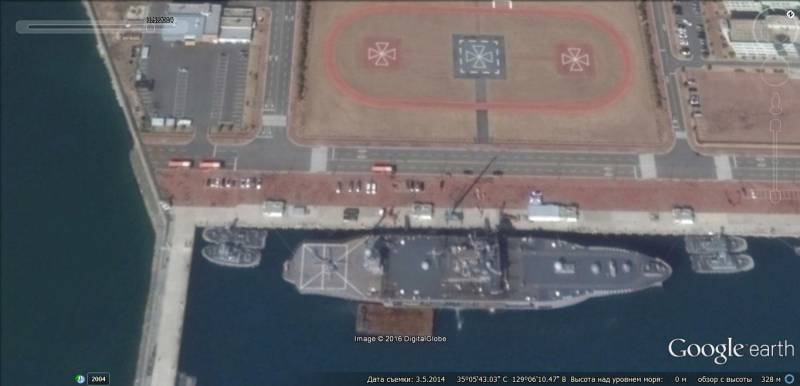
Information